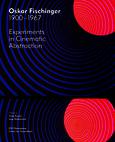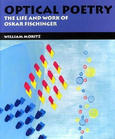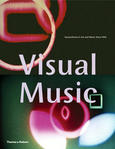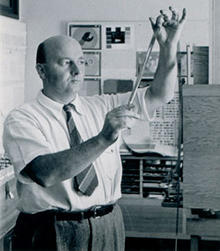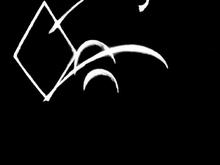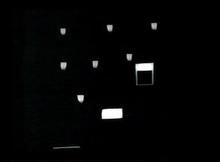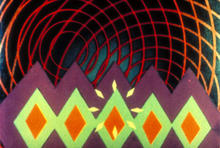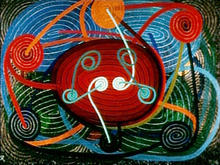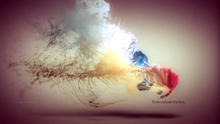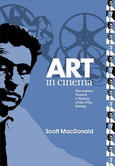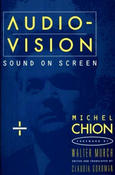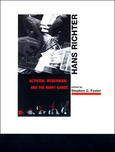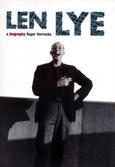Composition in Blue
(1935)- original title: Komposition in Blau. Surfaces dominate in the abstract animated film Composition in Blue by Oskar Fischinger. Colorful geometric figures are set in rhythmic motion.
© Fischinger Trust/ Courtesy Center for Visual Music
The music from Otto Nicolai's The Merry Women of Windsor is impressively visualized through a blending of form and color. Oskar Fischinger created wooden cubes and cylinders as three-dimensional animated models, approximately as tall as a cigarette, some of them painted and others covered with fabric. At first the set seems to reveal a room. But then the floor begins to reflect the geometric figures. Cubes perfectly-aligned in a row, forming a flat mosaic-like surface, tumble apart to form a stairway. In this perpetually changing universe, a cylinder pounds at the floor and sets off a series of waves, and a decorative, flat circle flies into the empty space. The beauty of the colored, geometric forms – a yellow rectangle descends gracefully into the frame – escalates to the frenzied magic of the impossible.
(William Moritz: "Oskar Fischinger", in: Deutsches Filmmuseum Frankfurt am Main, Optische Poesie. Oskar Fischinger Leben und Werk, Kinematograph Nr. 9, 1993, p. 42)
Source: Media Art Net
